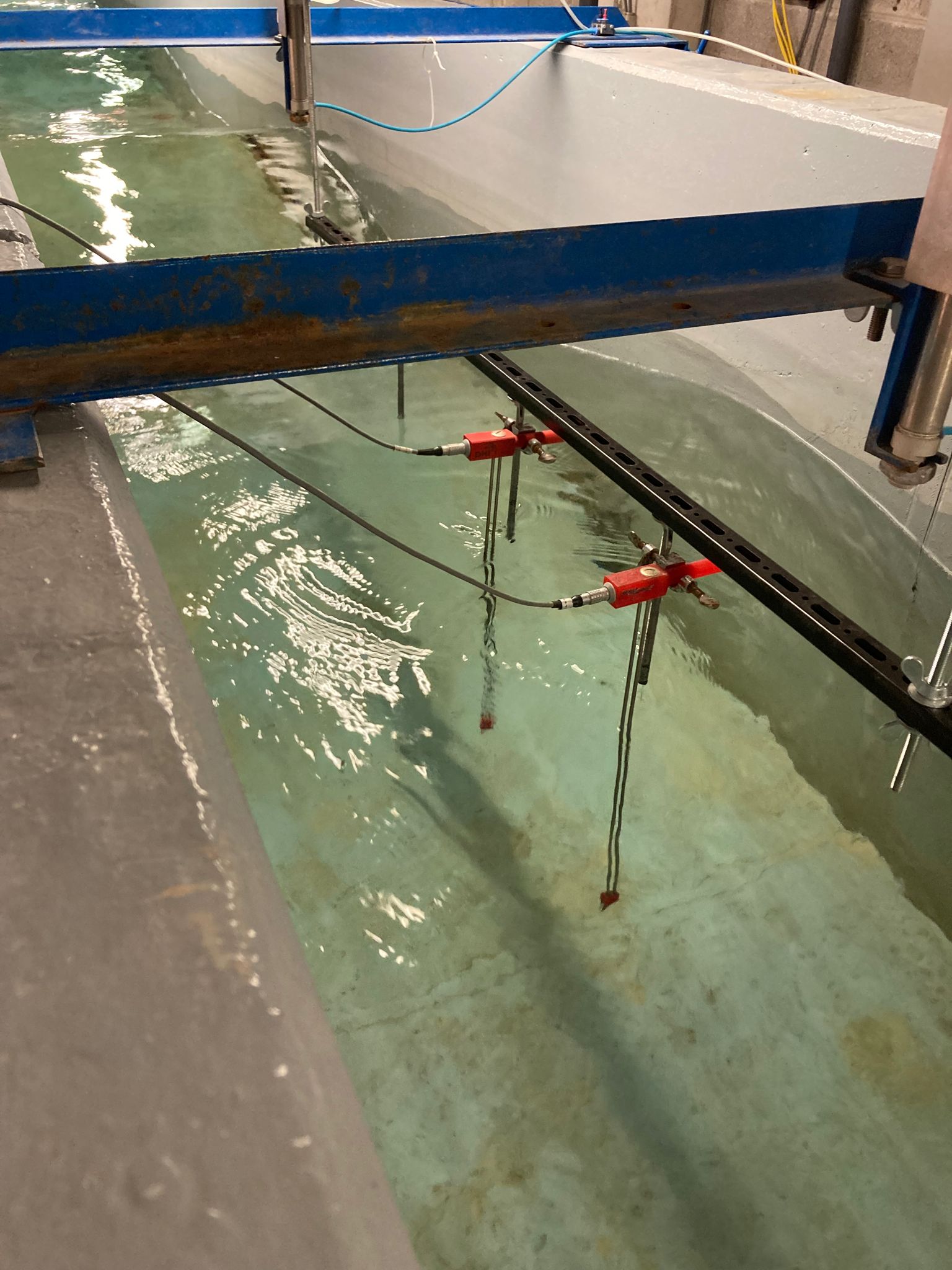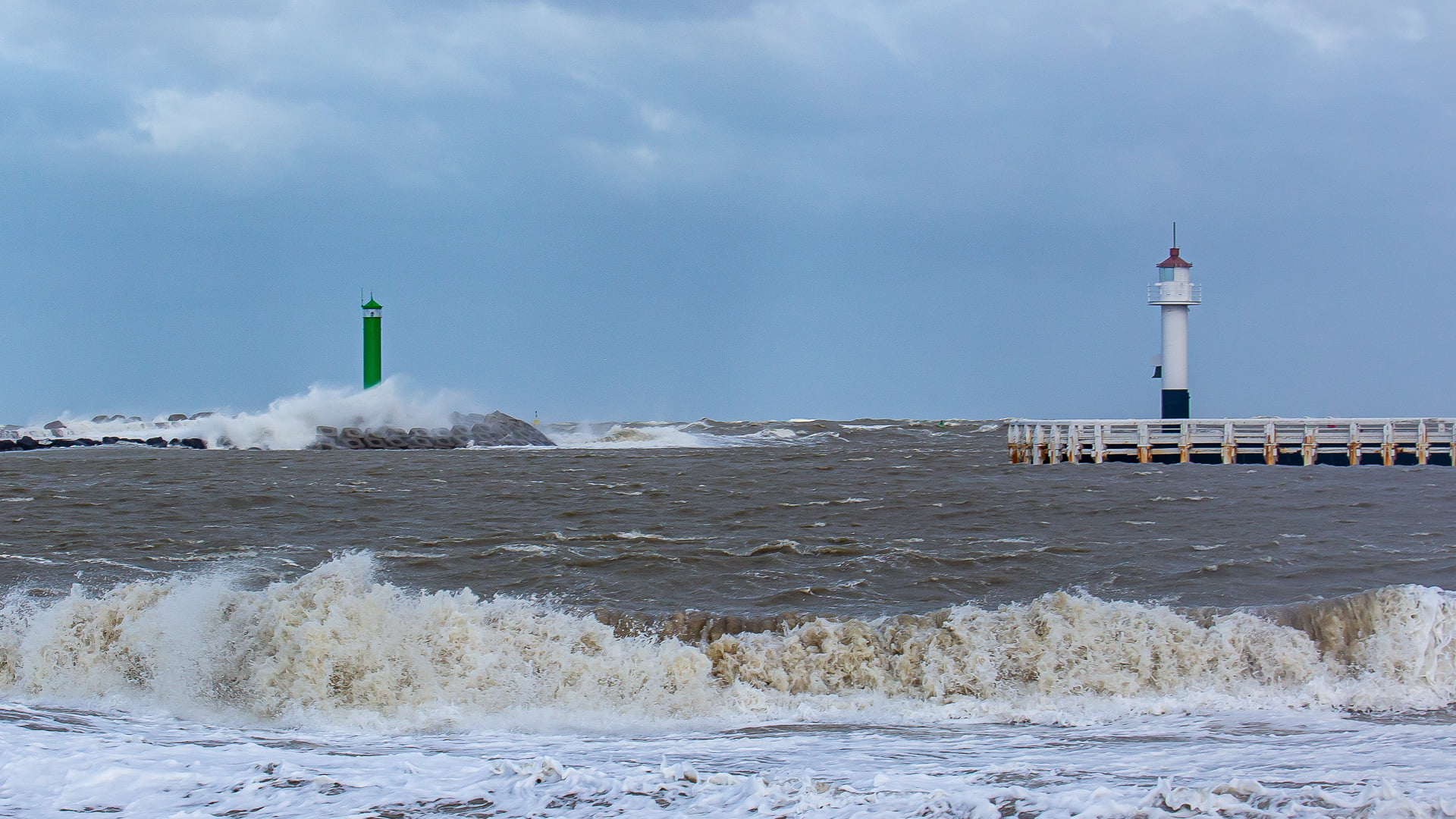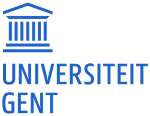Get ready for a wave of new marine and maritime research projects – first glimpse of our state-of-the-art saltwater wave flume
As it turns out, the old fashioned advice of getting some fresh seaside air for your health is actually valid. The marine environment provides crucial health benefits through their unique ecosystems and biodiversity, such as food, recreation and medicine. At the same time the coast is not only crucial for our well being, but also for our economy. Nowadays, an ever increasing variety of economic activities are hosted by oceans and seas. However, if we want the old saying on fresh seaside air to stay valid, we need to make sure to keep our marine ecosystems healthy. And that is a tidal wave of a challenge.
For a sustainable blue economy, a key research question is how to find a balance between a healthy marine environment and different economic interests. However, this question is not a small one. We will need to rethink how we use our marine ecosystems, while anticipating challenges like climate change, sea level rise and alternative food production. In fact, the challenge is of that proportion that it can’t be tackled by one research group or discipline alone. In addition, researching marine ecosystems is not easy. The sea is a harsh environment that is difficult to control. Especially when one wants to understand specific underlying mechanisms that might support or harm an ecosystem. This is why Marine@UGent created an interdisciplinary consortium with 15 promotors from 5 UGent departments of 3 faculties and the Flanders Marine Institute, led by Prof. Jana Asselman. Instead of sending its researchers to the sea, this consortium brought the sea to the lab by designing an innovative and high-tech saltwater wave flume, and funded by the Research Foundation – Flanders (FWO).

The bottom of the flume incorporates a removable false bottom in order to facilitate installation of sediment beds, vegetation boxes flat mounted with the rest of the bottom. Furthermore, the false bottom can be used for the fixation of test subjects, e.g. floating marine renewable energy devices, vegetation models or coastal structures. (4) The design of the wave flume will allow to use it as a breaking wave analogue to simulate the production of marine aerosols, making our saltwater wave flume unique in Europe. By our knowledge there is only one other wave flume (in the USA) designed for this. That way we can bring the ocean into the lab. Literally.
This flume will be a huge step forward for many marine and maritime researchers, bridging the gap between small-scale, artificial lab studies and complex, expensive field studies. Some key examples: (1) Climate change and sea level rise requires novel and sustainable solutions to protect coastal populations and safeguard marine ecosystem services. Applied ecological research provides new sustainable nature-based solutions such as biogenic reefs, seagrass and saltmarsh vegetation, dune grass in coastal dune functioning. A key challenge remains how these organisms and organic structures are affected by hydrodynamics (e.g. quality of aquaculture shellfish for human consumption when used in biogenic reefs) and affect hydrodynamics (e.g. stability and resilience against storm surges) under future climate change scenarios, which can be investigated with our wave flume. (2) With respect to the growing number of artificial hard structures in marine ecosystems (e.g. windmills, constructions for coastal protection, offshore aquaculture constructions), interactions with and environmental impacts on marine ecosystems need to be studied to ensure sustainability and protection of environmental health. Crucial research questions include understanding the impact of waves on the artificial structure, combined effect of corrosive seawater and hydrodynamic forces, combined effects of anti-fouling agents and hydrodynamic forces. Our flume will allow to study hydrodynamic forces both on fixed structures (such as constructions for coastal protection) and floating construction (such as solar panels and aquaculture constructions such as for breeding mussels and seaweed). (3) Marine aerosol is one of the most important natural aerosol systems globally. It plays a key role in the earth’s radiation budget, biogeochemical cycling, ecosystems and even regional air quality. Its formation and particularly its organic composition can directly impact human health both positively and negatively. While the inorganic composition, atmospheric and climatological role have been fairly well studied, its organic composition and link with human health remain poorly understood. Recent evidence however has shown that sea spray aerosols can be enriched with marine biomolecules which can be subsequently inhaled by coastal populations at the seashore. Our wave flume will be crucial to truly understand the complex interactions driving the enrichment and concentration of marine biomolecules in sea spray aerosols.
Ostend Science park will house this new infrastructure, which fits perfectly with the envisaged research. Collaboration and complimentary research will be possible with the Flanders Maritime Laboratory available ‘next door’, housing a towing tank and coastal and ocean basin. In addition, the saltwater wave flume has a large valorisation potential in terms of a sustainable blue economy, seeding collaboration with industry. For example, de-risk of piloting and upscaling nearshore and offshore activities or improving performance of offshore biological processes, such as increasing the yields of aquaculture activities. Our flume will provide a large subset of opportunities at Ostend Science Park from collaborative academic research efforts to valorisation projects and spin-offs with local partners.
Let’s meet the consortium:
Of Ghent University:
- Department of Animal Sciences and Aquatic Ecology - Faculty of Bioscience Engineering:
- Prof. Jana Asselman (Blue Growth Research Lab) - Lead supervisor
- Prof. Colin Janssen (Environmental Toxicology Lab)
- Prof. Peter Bossier (Laboratory of Aquaculture & Artemia Reference Center)
- Dr. Annelies Declercq (Laboratory of Aquaculture & Artemia Reference Center)
- Dr. Margriet Drouillon (IOF-manager BLUEGent)
- Department of Biology - Faculty of Science:
- Prof. Olivier De Clerck (Phycology lab)
- Prof. Dries Bonte (Terrestrial Ecology Unit)
- Dr. Carl Van Colen (Marine Biology)
- Department of Organic and Macromolecular Chemistry - Faculty of Science:
- Prof. Peter Dubruel (Polymer Chemistry & Biomaterials lab)
- Department of Plant Biotechnology and Bioinformatics - Faculty of Science:
- Prof. Steffen Vanneste (Centre for Plant System Biology)
- Department of Civil Engineering - Faculty of Engineering and Architecture:
- Prof. Peter Troch (Coastal Engineering)
- Dr. Vicky Stratigaki (Coastal Engineering)
- Dr. Maximilian Streicher (Coastal Engineering)
- Prof. Evert Lataire (Maritime Technology Division)
Flanders Marine Institute:
- Dr. Maarten Derijcke (Research Division)

